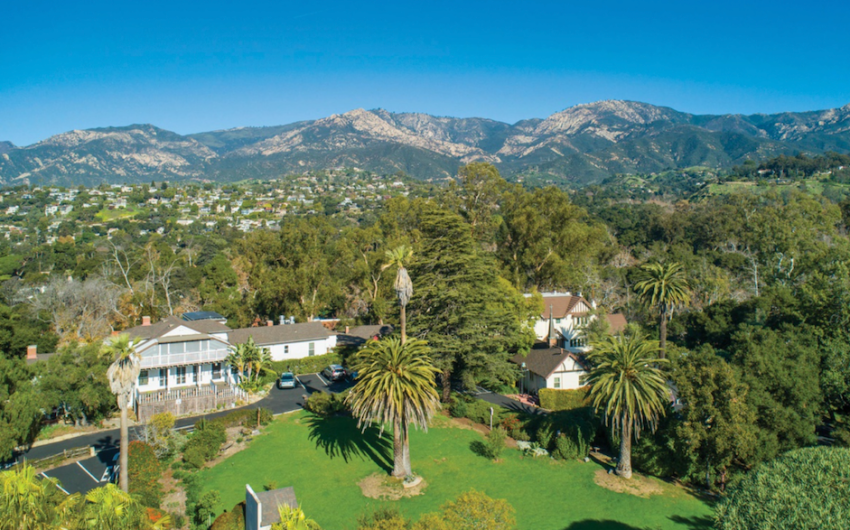Poll Shows Deep Ambivalence About City of Santa Barbara’s Direction
Recent Survey on Proposed Sales-Tax Measure Shows More than Half of Respondents Think City Is Headed Down ‘Wrong Track’

A recent survey commissioned by Santa Barbara City Hall suggests deep ambivalence about the city’s general direction and whether respondents approved of the job being done by city government. Twenty-five percent of respondents said they thought the city was headed in the “right direction,” while 53 percent said it was headed down “the wrong track.”
But when asked the same question about their own neighborhoods, the respondents were notably more upbeat. Forty-six percent said their neighborhood was going in the right direction, while only 31 percent said it was on “the wrong track.”
When asked whether they approved or disapproved the job being done by city government, only 4 percent said they strongly approved, while 19 percent said they strongly disapproved. When mushier gradations of sentiment were included in the equation, 39 percent somewhat or strongly approved, while 49 percent strongly or somewhat approved. Twelve percent did not know.
The survey was prepared by the polling firm FM3 to help guide the City Council in whether to put a half-cent sales-tax increase on the ballot this November in hopes of generating $15.6 million a year in additional revenues. Of the 220 people polled, 23 percent said they believed the city had “a great need” for additional revenues, while 15 percent said there was no real need.
Thirty-one percent said they would vote yes, and 21 percent said they probably would. By contrast, 22 percent reported they would vote against the measure, and 10 percent said they probably would vote against it.
The chief arguments in favor of the sales tax increase were that it would improve or maintain emergency services, help fund affordable housing, address homelessness, and improve library services. Respondents reported these arguments made them moderately more inclined — from 26 to 36 percent — to vote for the measure.
But when confronted with the argument that the sales tax increase was regressive and would add to their cost of living, 44 percent reported they were more inclined to vote against it. Of those, 20 percent said they were “much more inclined.”
After all these questions, respondents were asked again how they would vote if the election were held that day. Twenty-nine percent said yes; 24 percent said no. Only after the “probables” and “leaning” were factored in, 53 percent reported supporting the measure; 38 were opposed. For the ballot measure to prevail, it will need a majority of 50 percent plus one.









